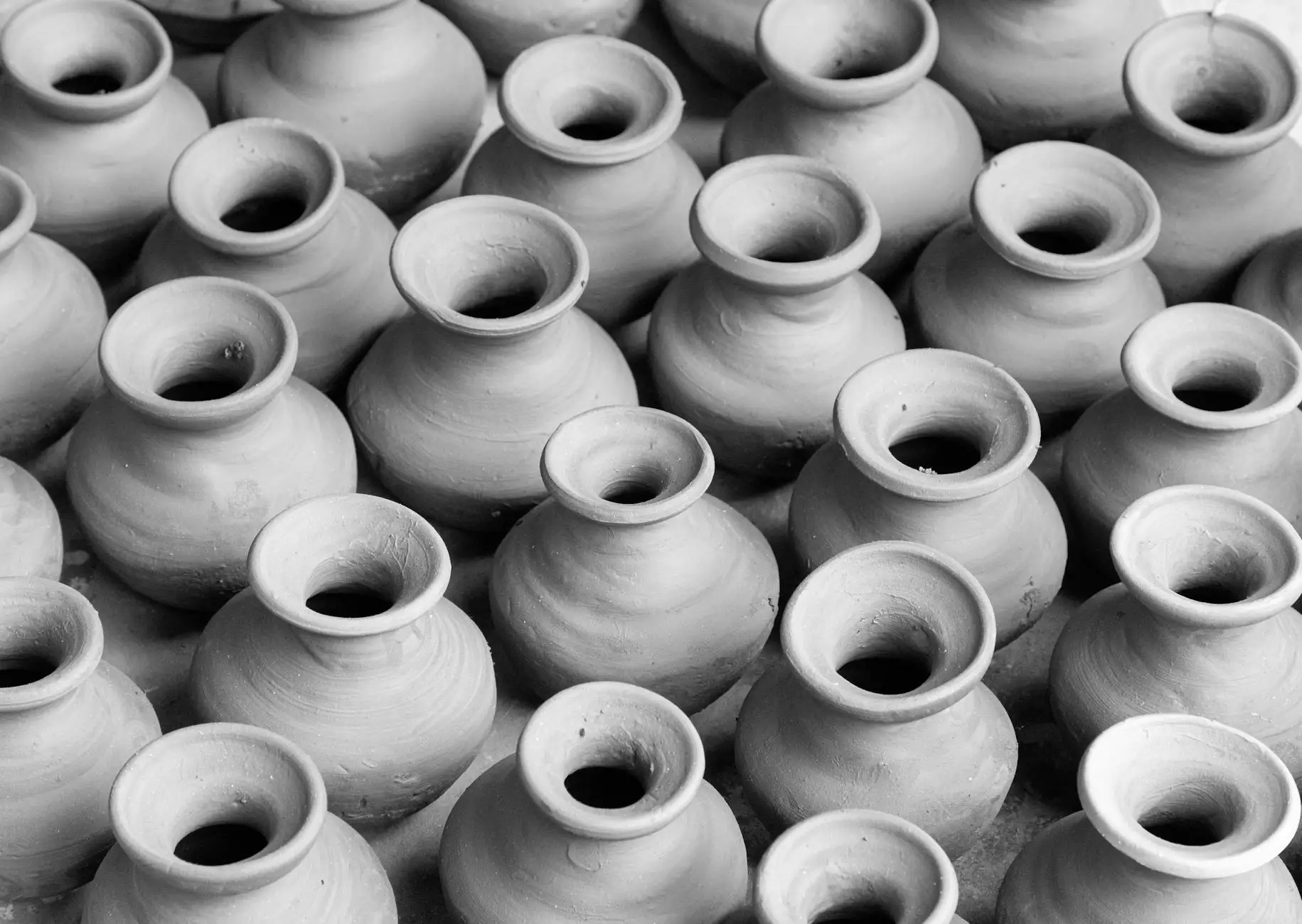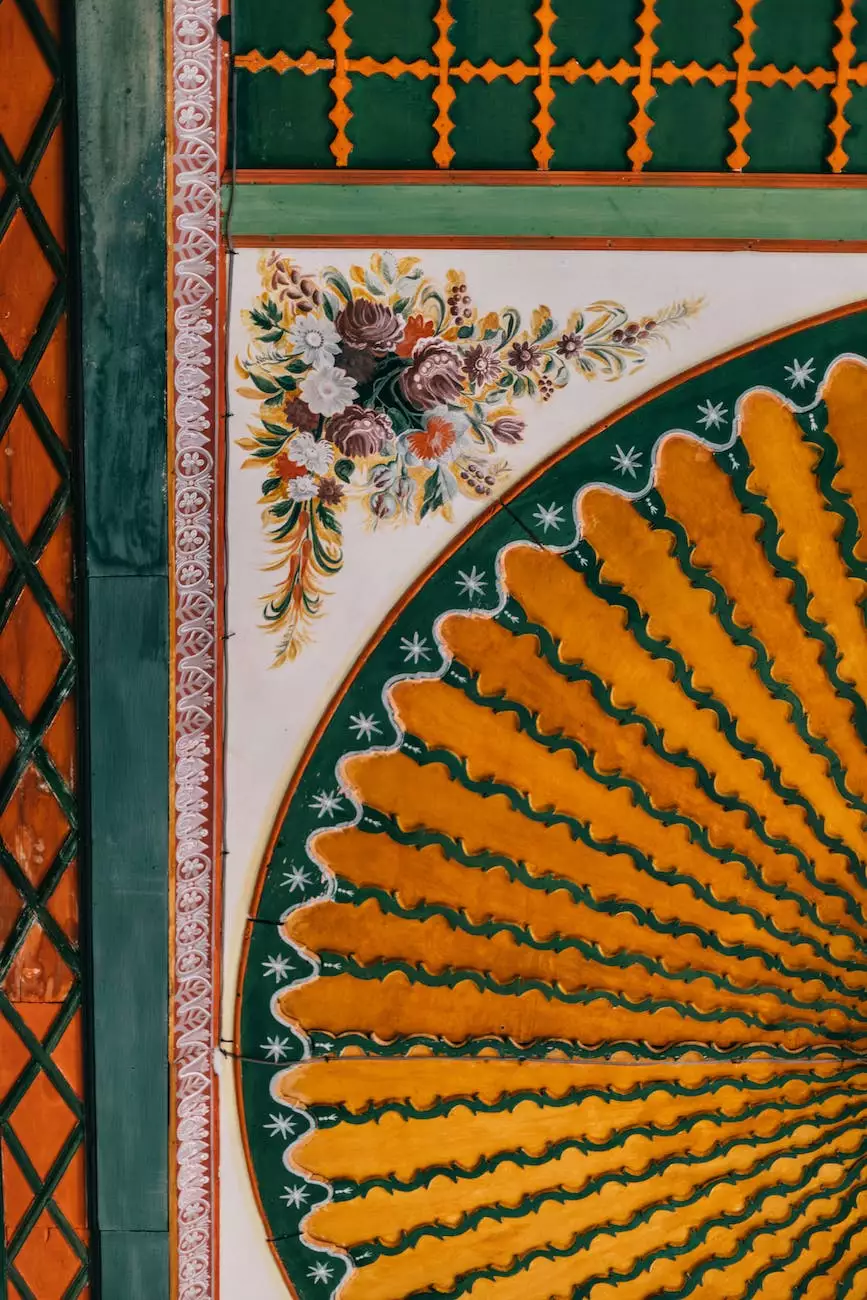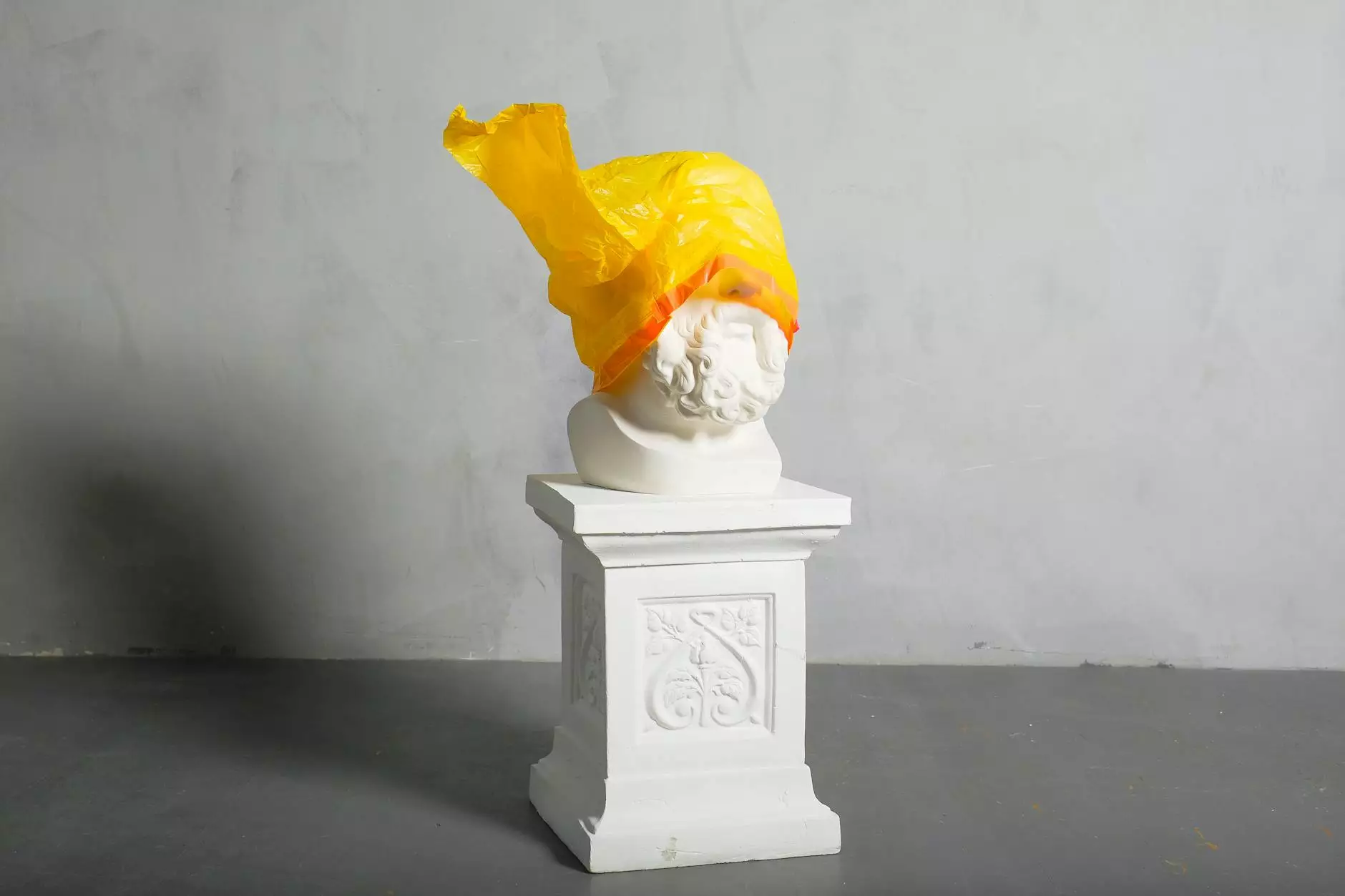The Tunisian Tradition of Ceramics
Home Transformations
Introduction to Tunisian Ceramics
Tunisian ceramics are renowned for their exquisite craftsmanship, vibrant colors, and intricate designs. This centuries-old tradition has its roots in the rich cultural heritage of Tunisia, a North African country known for its diverse artistic expressions.
History and Origins
The history of Tunisian ceramics dates back thousands of years, influenced by various civilizations that have left their mark on the region. From the Phoenicians and Romans to the Arabs and Ottomans, each culture contributed to the development and evolution of this art form.
The city of Nabeul, located on the northeastern coast of Tunisia, is particularly renowned for its pottery production. It has gained international recognition as a hub for traditional ceramic craftsmanship.
Techniques and Process
Tunisian ceramics are made using a combination of traditional and modern techniques, showcasing the skill and expertise of local artisans. The process typically involves:
- Clay Preparation: The first step is preparing the clay mixture, which is sourced locally. The clay is carefully selected for its quality and suitability for ceramic production.
- Molding and Shaping: Artisans skillfully mold and shape the clay into various forms, such as plates, bowls, vases, and tiles. This requires precision and attention to detail.
- Decorative Techniques: Tunisian ceramics are famous for their vibrant hand-painted designs. Artisans use intricate patterns, geometric motifs, and floral elements to create visually stunning pieces.
- Firing and Glazing: Once the ceramics are shaped and decorated, they undergo the firing process in kilns at high temperatures. This helps strengthen the clay and makes it more durable. Glazing, if desired, is applied to achieve a glossy finish.
Cultural Significance
Tunisian ceramics hold deep cultural significance and are an integral part of traditional Tunisian lifestyle. They are used in various aspects of daily life, from serving food to decorative purposes. The vibrant colors and exquisite craftsmanship reflect the artistic heritage and cultural identity of the Tunisian people.
Transforming Furniture with Tunisian Ceramics
The beauty of Tunisian ceramics lies not only in their standalone appeal but also in their ability to enhance home decor. Incorporating these unique pieces into your furniture can transform your living spaces into vibrant and culturally rich environments.
Ways to Incorporate Tunisian Ceramics
There are several ways you can incorporate Tunisian ceramics into your furniture and home decor:
- Tabletop Accents: Place beautifully handcrafted Tunisian ceramic bowls or plates as captivating centerpieces on dining tables or coffee tables. Their vibrant colors and intricate designs will instantly elevate the visual appeal of your furniture.
- Cabinet Knobs and Pulls: Replace ordinary knobs and pulls on cabinets with unique Tunisian ceramic designs. This simple swap can bring a touch of elegance and charm to your furniture pieces.
- Ceramic Tiles: Consider adding Tunisian ceramic tiles as decorative accents to your furniture, such as tiling the top of a side table or creating a mosaic backsplash for a cabinet. The colorful patterns will create a striking visual statement.
- Drawer Liners: Line the interiors of your drawers with Tunisian ceramic tiles or decorative papers featuring Tunisian motifs. This unexpected detail will add a touch of luxury and sophistication to your furniture.
Conclusion
Discover the beauty and cultural significance of Tunisian ceramics. The intricate craftsmanship, vibrant colors, and rich history make them unique additions to any furniture or home decor. Embrace the Tunisian tradition and transform your living spaces into captivating showcases of art and culture.









